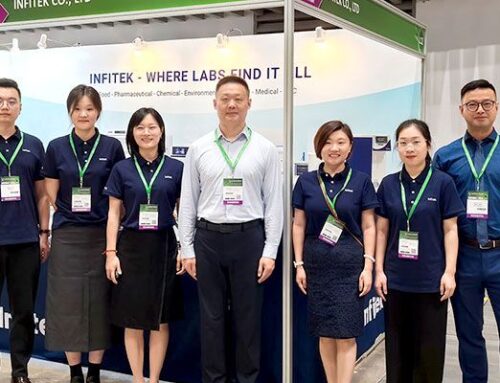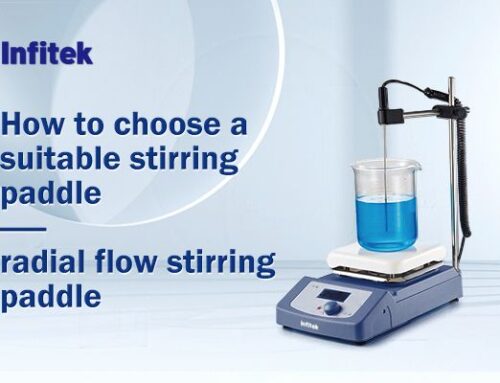In the dynamic landscape of molecular biology and diagnostics, efficient nucleic acid extraction is the cornerstone of many downstream applications. From research laboratories delving into genomics to clinical settings diagnosing infectious diseases, the accuracy and speed of nucleic acid extraction can significantly impact outcomes. In this blog post, we delve into the role of automated nucleic acid extractors in revolutionizing laboratory workflows.
Introduction to Nucleic Acid Extraction
Nucleic acid extraction, whether DNA or RNA, traditionally involved laborious manual methods prone to variability and contamination risks. These methods often necessitated skilled personnel, consuming valuable time and resources. However, with the advent of automated extractors, laboratories have witnessed a paradigm shift in nucleic acid extraction.
The Evolution of Automated Extractors
Automated nucleic acid extractors integrate sophisticated technologies to streamline the extraction process while ensuring reproducibility and reliability. These systems employ magnetic bead-based or silica column-based purification methods, offering high yields of pure nucleic acids from diverse sample types.
Advantages of Automated Extraction Systems
Precision and Consistency: Automated extractors minimize human error, ensuring consistent extraction protocols across samples.
Time Efficiency: By eliminating manual handling steps, these systems significantly reduce turnaround times, enabling rapid sample processing.
Sample Throughput: Automated extractors are designed to handle high sample volumes simultaneously, enhancing laboratory efficiency, especially in high-throughput environments.
Workflow Integration: Integration with laboratory information management systems (LIMS) enables seamless sample tracking and data management, enhancing traceability and compliance.
Versatility: Automated extractors accommodate various sample types and extraction protocols, offering flexibility to cater to diverse research or diagnostic needs.
Applications in Research and Diagnostics
In research settings, automated extractors expedite large-scale genomic studies, facilitating genotyping, next-generation sequencing (NGS), and gene expression analysis. These systems empower researchers to focus on data analysis and interpretation rather than labor-intensive sample preparation.
In clinical diagnostics, the rapid and reliable nucleic acid extraction provided by automated systems is instrumental in diagnosing infectious diseases, such as COVID-19, influenza, or sexually transmitted infections. The ability to process numerous patient samples swiftly enhances diagnostic capacity, particularly during outbreaks or pandemics.
Conclusion
Automated nucleic acid extractors represent a transformative technology in modern laboratories, optimizing workflows and enhancing productivity across research and diagnostic domains. By combining precision, efficiency, and versatility, these systems empower scientists and clinicians to accelerate discoveries, improve patient care, and navigate the complexities of molecular biology with confidence.
Embrace the future of nucleic acid extraction in your laboratory with automated extractors, paving the way for groundbreaking discoveries and diagnostic advancements.




Get Social